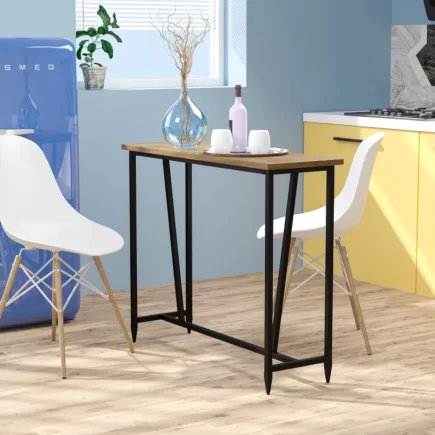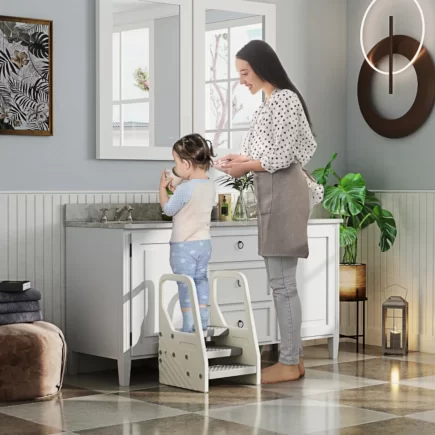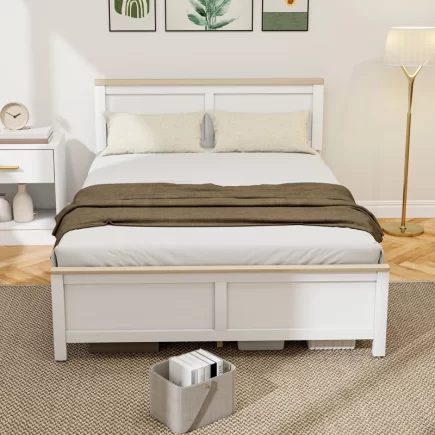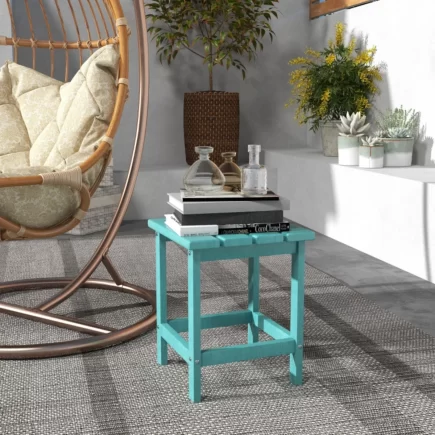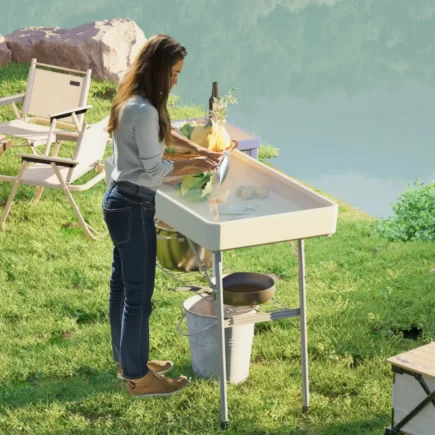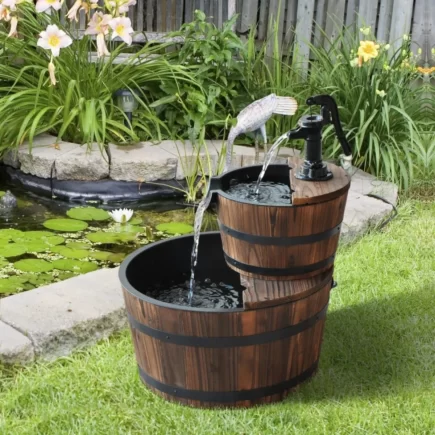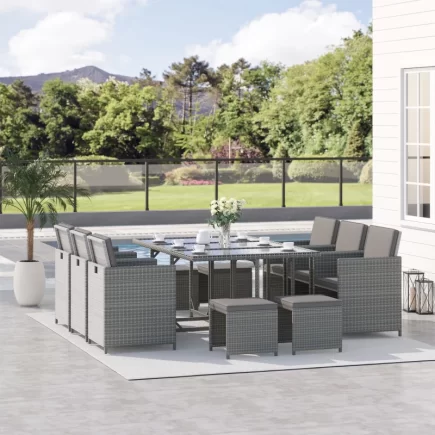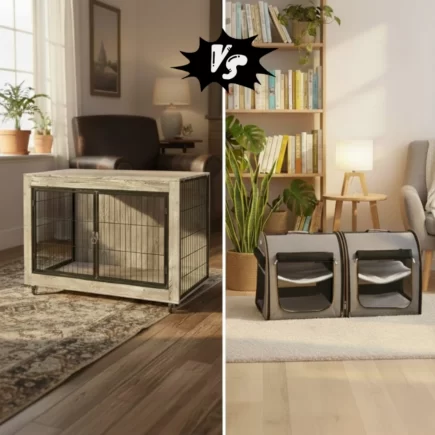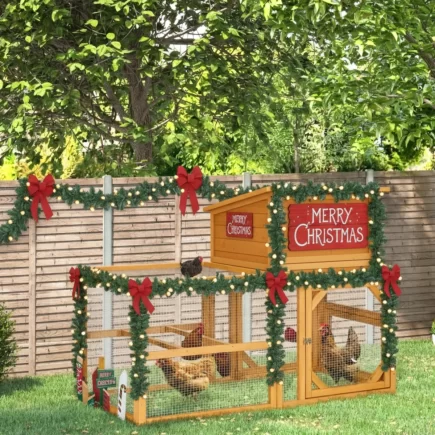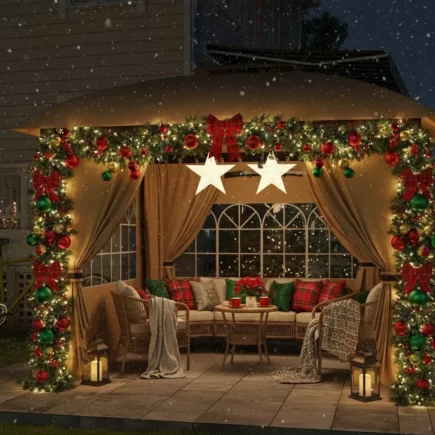Outdoor cabinets are essential for keeping your outdoor spaces tidy and organized. They provide a central place to store garden tools, pool supplies, kid’s toys, or other outdoor essentials, which helps maintain a clutter-free yard. Building your own outdoor cabinet may seem like a task reserved for woodworking professionals, but with the right tools, materials, and guidance, it’s a project well within reach for a DIY enthusiast.

This comprehensive guide will walk you through the process, step by step, ensuring a durable, weatherproof cabinet that’s tailored to your needs. Our focus will be on practicality, ease of construction, and longevity, so you can create a piece that withstands the elements year-round.
Tools and Materials Checklist
Before starting, make sure you have everything ready for a seamless project. Here’s what you’ll need, with insights into each material’s importance:
Tools
| Tool | Purpose |
| Circular saw or miter saw | Cutting wood for precise dimensions |
| Speed square | Ensuring accurate, square cuts |
| Drill and bits | Creating holes and driving screws |
| Pocket hole jig | Strengthening joints with hidden screws |
| Jigsaw | Cutting notches and curves as needed |
| Tape measure | Accurate measuring for all components |
| Level | Ensuring even and stable assembly |
| Clamps | Holding wood in place while assembling |
| Paintbrush or sprayer | Applying finishes and sealants uniformly |

Materials Required
Structural Materials:
| Material | Specs | Purpose |
| Exterior-grade plywood | ½” or ¾” thick | For cabinet walls, doors, shelves, and roof |
| Wooden bars (2×4 lumber) | Pressure-treated if possible | For building the internal frame |
| 1×4 boards (optional) | For custom shelving | Can be used instead of plywood for shelves |
Fasteners & Adhesives:
| Material | Specs | Purpose |
| Stainless steel or galvanized screws | 1.5”–3” | Rust-resistant screws for assembly |
| Outdoor-grade wood glue | Waterproof (e.g., Titebond III) | Bonds wood joints securely for outdoor use |
| Metal corner brackets | Optional, galvanized | Reinforce internal corners for added strength |
| Shelf cleats | Wood strips or brackets | Used to support shelves inside the cabinet |
Doors & Hardware:
| Material | Specs | Purpose |
| Hinges (3–4 pcs) | Stainless steel, outdoor-grade | To mount cabinet doors securely |
| Latch or barrel bolt | Outdoor-safe metal | To keep the doors closed tightly |
| Padlock (optional) | Rustproof | For securing stored items |
| Weather stripping | Foam or rubber | Seals door edges against moisture |
Weatherproofing & Finishing Supplies:
| Material | Specs | Purpose |
| Wood stain or exterior paint | UV and water-resistant | To protect and color the wood |
| Clear polyurethane or outdoor varnish | Marine or exterior-grade | Topcoat for weatherproof protection |
| Silicone caulk | Clear, waterproof | Seals gaps and edges against water ingress |
| Sandpaper | 120–220 grit | Smooths wood surfaces before and between coats |
Planning and Designing Your Outdoor Cabinet
Evaluate Your Needs
When designing your outdoor cabinet, consider dimensions that suit your storage needs and available space. A cabinet width of 35–40 inches provides ample room while remaining compact.
For depth, 16–20 inches is ideal to accommodate various items without taking up too much space. A height of 60–70 inches ensures the cabinet is tall enough to store long tools or larger items.
Inside, adjustable shelves with a height of 12–15 inches each offer flexibility for organizing smaller tools, chemicals, or accessories efficiently. These dimensions strike a balance between functionality and practicality for most outdoor spaces.
Building the Framework
The frame forms the backbone of your cabinet, so precise measurements and sturdy assembly are essential for ensuring durability.
Step 1: Cutting the Wood for the Frame
The first step in building your outdoor cabinet is cutting the wood for the frame, which serves as the foundation of the entire structure. Start by using a circular saw or miter saw to cut 2×4 lumber according to your planned dimensions.

Precision is key here, as accurate cuts ensure a sturdy and well-aligned frame. For reference, you’ll need two top and bottom rails, each approximately 30 inches long, to form the horizontal supports.
Next, cut two vertical side stiles, each about 63 inches tall, to create the cabinet’s height. Additionally, prepare four middle stiles, each around 18 inches, to provide internal support and stability.
Step 2: Pre Assembling the Frame
Once all the wood pieces are cut, lay them out on a flat surface to ensure they align properly. Begin assembling the frame by attaching the top and bottom rails to the vertical side stiles using screws and wood glue.
For a cleaner and more professional finish, use a pocket hole jig to create hidden screws, which also result in stronger joints. This step is crucial for ensuring the frame is both sturdy and visually appealing.
Step 3: Checking for Square and Stability
After assembling the frame, it’s essential to check for square and stability. Use a carpenter’s square to verify that all corners are perfectly aligned at 90 degrees. If necessary, reinforce the structure with metal corner brackets to add extra strength.
For taller cabinets, consider adding cross braces to the frame to prevent wobbling and ensure long-term stability. These steps will ensure your cabinet is robust and ready for the next stages of construction.
Adding Walls and a Roof
Step 4: Installing the Walls
To begin enclosing your outdoor cabinet, cut exterior-grade plywood to match the precise dimensions of each side, including the back, two sides, and front door panels.

For example, if your cabinet is 35 inches wide, 20 inches deep, and 63 inches tall, ensure the plywood panels are cut slightly larger to allow for a small overlap.
This overlap creates a water-resistant barrier, protecting the interior from rain and moisture. Secure the plywood panels to the frame using weatherproof screws, ensuring all seams are tight and flush.
Step 5: Attaching the Roof
The roof is a vital component of your outdoor cabinet, as it shields the structure from rain and other elements. A galvanized metal sheet is an excellent choice due to its durability and ability to direct water away from the cabinet. But we use exterior-grade plywood in this building of Outdoor storage cabinet.
Cut the sheet to fit the top of your cabinet, ensuring a slight overhang of about 1–2 inches on all sides to prevent water from dripping down the walls.
For a cabinet measuring 35 inches wide and 20 inches deep, the roof panel should be approximately 37 inches by 22 inches.
Adding Shelves and Doors
Step 6: Install Shelves
- Cut plywood or 1×4 lumber to create shelves that fit snugly inside the cabinet frame.
- Attach cleats along the inside walls of the frame to hold the shelves. Ensure that the cleats are level before securing them with screws.

- Slide the shelves into place, securing them with screws or wood glue as needed.
Step 7: Install Doors
- Cut plywood panels for the doors, ensuring they leave a small gap (1/8 to 1/4 inch) to allow for smooth opening and closing.

- Attach weather stripping to the edges of the door frame to keep out moisture.
- Secure the doors with stainless steel hinges, a center latch, and a lock for safety.
Applying Finishes and Sealants
To ensure longevity, treat your cabinet with protective coatings:
- Sand down all surfaces to remove splinters and rough edges.
- Apply a wood stain or outdoor-grade paint for aesthetics and protection.
- Seal the entire cabinet with a weatherproof varnish or polyurethane finish. This step prevents water damage and UV deterioration.

Pro Tip: Allow each coat to dry thoroughly before applying the next. Sand lightly between coats for a smooth, even finish.
Building an outdoor cabinet is a manageable project that offers long-lasting benefits. Whether for gardening equipment, pool supplies, or seasonal items, a custom-built cabinet provides durable, weatherproof storage tailored to your needs. If you prefer a ready-made option, explore Outdoor Cabinets for preassembled alternatives that boast similar features.
FAQs
1. What are some alternative materials for the outdoor cabinets roof?
Some alternatives to galvanized metal for outdoor cabinet roofs include asphalt shingles, corrugated plastic, and polycarbonate panels. These materials offer good durability and weather resistance.
2. How do I make the outdoor cabinet more mobile?
To make your outdoor cabinet mobile, attach heavy-duty casters to the bottom of the structure. Choose casters designed for outdoor use to ensure durability.
3. What’s the best way to organize the interior of the outdoor cabinet?
Maximize the storage potential of your outdoor cabinet by incorporating adjustable shelves, hooks, and storage bins. Adjustable shelves allow flexibility for items of varying sizes, while hooks are perfect for hanging tools or accessories.
4. Can I repurpose an old cabinet for outdoor use?
Yes, but you’ll need to reinforce your cabinet with weatherproof materials, seal all joints, and apply a protective finish to ensure it withstands outdoor conditions.

